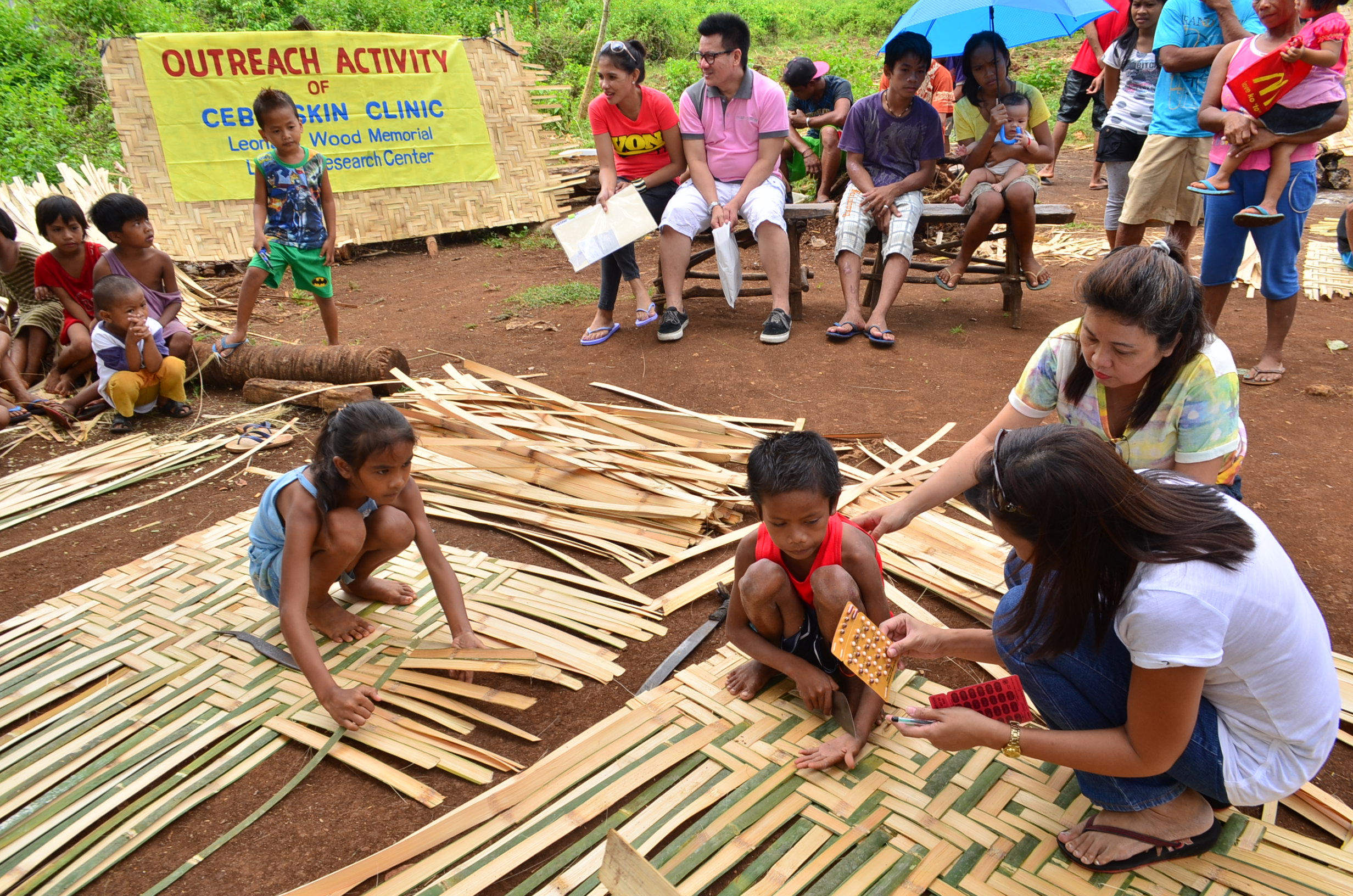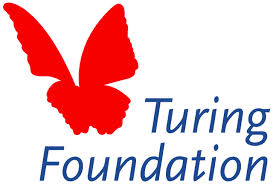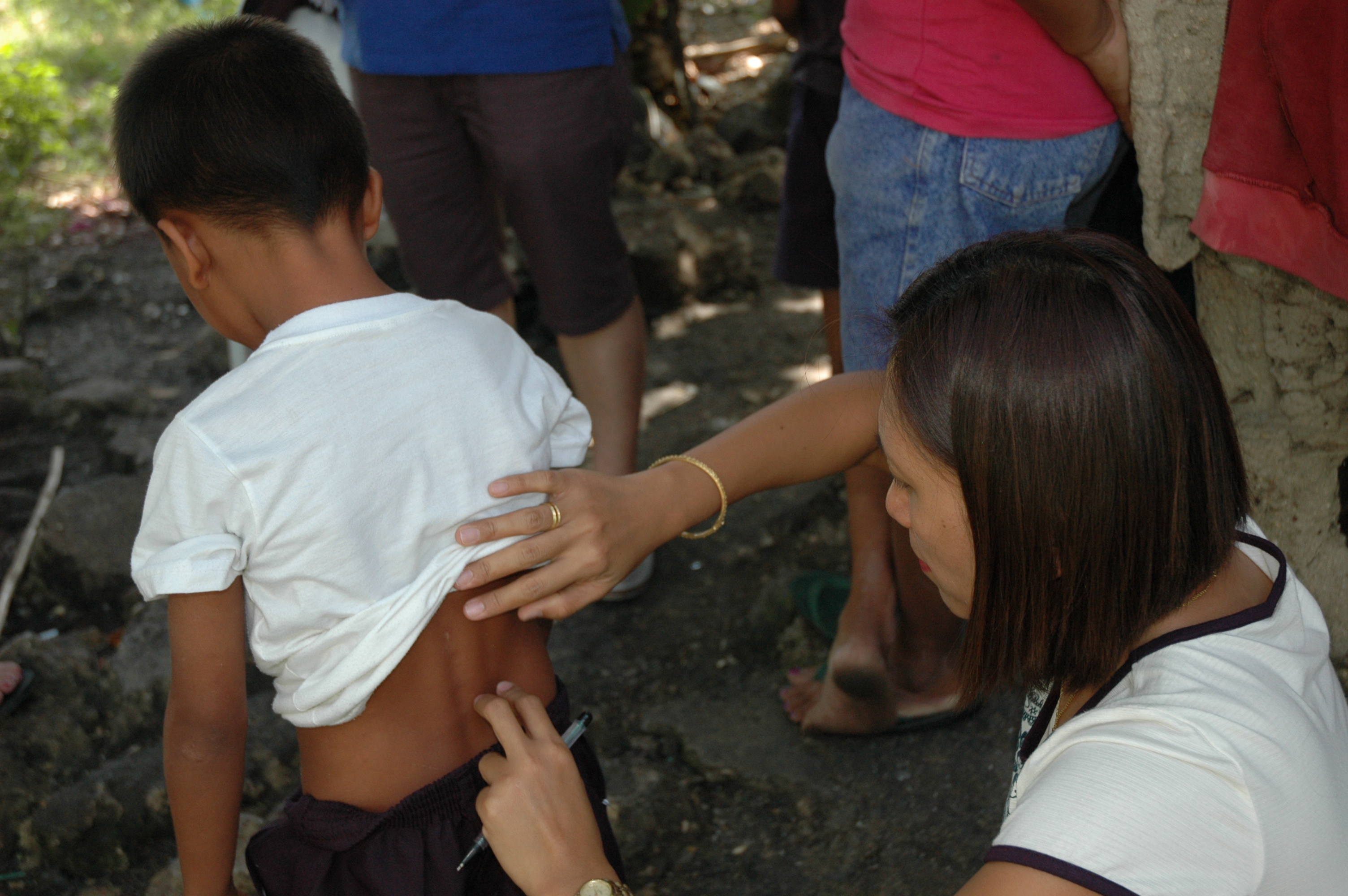This project researched transmission patterns within the community to gain information on leprosy epidemiology and found continued new cases and a slight shift towards a more severe type in Cebu, the Phillipines. Moreover, full application of molecular epidemiological techniques for leprosy control activities can give valuable insights into the dynamics of leprosy transmission in a given population and help identify here-to-fore unrecognized transmission networks but will require technical refinement. Results are available.
Macroepidemiology & microepidemiology of leprosy in Cebu, Philippines
Project coordination
- Leonard Wood Memorial Center for Leprosy Research (Philippines)
Partners
Final project summary
The purpose of this project was to increase the knowledge about the spread of leprosy in Cebu, by linking epidemiological data with data of the specific M.leprae (geno)types. This information will help to understand the types of M.Leprae bacteria and the types of leprosy prevailing in the island. In addition, a better understanding on various factors affecting the spread of leprosy in the community will help to improve leprosy control strategies both locally and globally by redirecting attention to high risk populations (eg: children, family members, urban slum, etc.) who may need closer monitoring or intake of drugs that will protect them from developing leprosy.

The research group's findings suggest that despite the declining trend, the number of new leprosy cases detected each year and the average age of children developing the disease stays the same, suggesting that spread of leprosy in Cebu is still active and recent. In addition, there seems to be a slight shift of leprosy towards the more severe type suggesting that a huge reservoir of infection is still present in the area. The substantial number of cases detected in recent years also confirms the importance of continued funding support to sustain active case finding activities. The researchers furthermore concluded that full application of molecular epidemiological techniques for leprosy control activities will require technical refinement, but can give valuable insights into the dynamics of leprosy transmission in a given population and help identify here-to-fore unrecognized transmission networks.
Related publications
Scheelbeek PFD, Balagon MVF, Orcullo FM, Maghanoy AA, Abellana J, Saunderson P (2013). A retrospective study of the epidemiology of leprosy in Cebu: An eleven-year profile. PLoS neglected tropical diseases. 7(9):e2444
Co-funding partner


